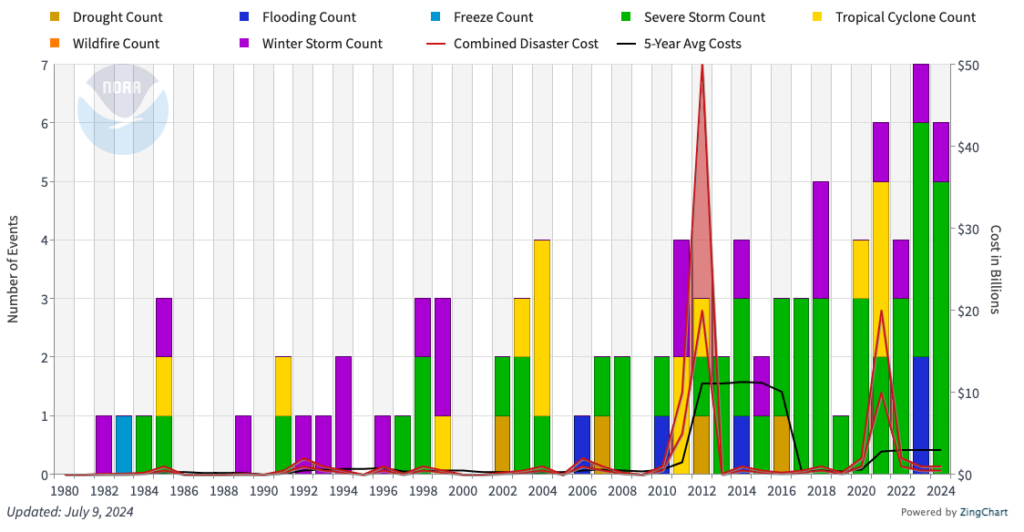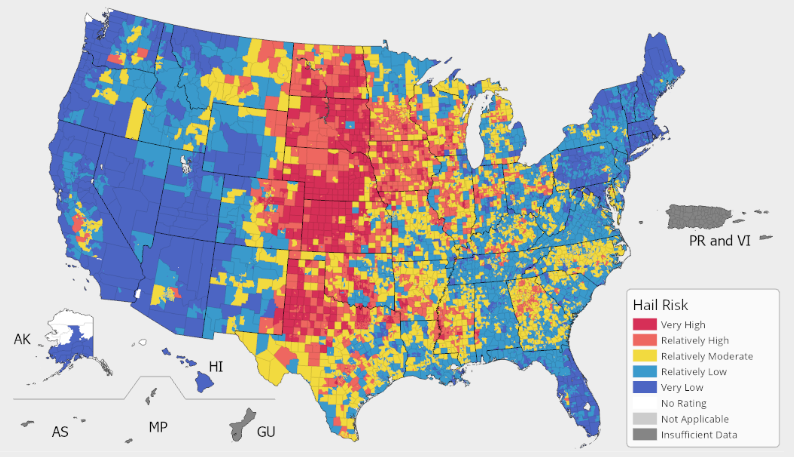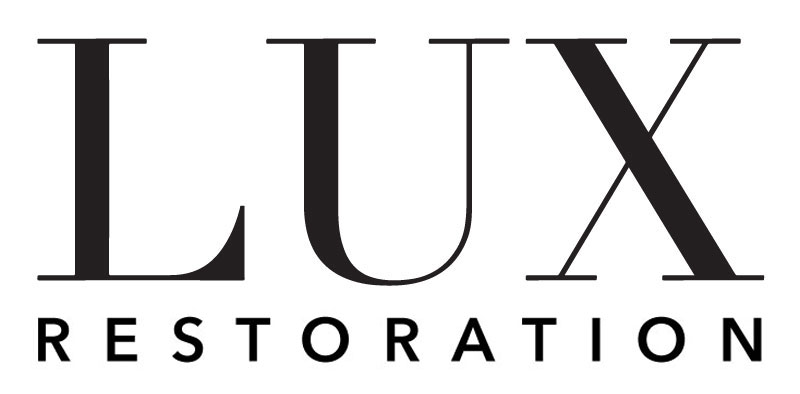Knowing what types of damages your commercial property can suffer from a storm and how to respond best can save you much trouble. Commercial storm damage is a problem that requires a fast response because of:
- Loss of revenue while the property remains closed, causing disruptions to business operations.
- Structural deterioration when water, smoke, and mold are allowed to affect building materials.
- Health hazards due to pathogens and chemicals from mold growth, and water and smoke contamination.
Commercial property owners need to know what kinds of storm damage they might face and how to respond – especially on Long Island and in the State of New York, where storms are increasingly frequent and the ensuing damage can be severe.
We list 6 common commercial storm damage types and the fastest way to get your property to pre-loss conditions, so that you can keep commercial property damage costs to a minimum. In this article, we cover:
- Water damage
- Electrical and equipment damage
- Wind damage
- Hail damage
Read on to find out more about these types of commercial storm damage and how to best respond to them to avoid downtime.
[Commercial storm damage requires immediate response. Call Lux Restoration to have our emergency response crew on your doorstep in 60 minutes.]
Types of commercial storm damage that property owners face
Business owners on Long Island and in the State of New York face a high risk of severe storm damage. Take the infamous Storm Sandy of 2012, where the NYC Government identified over 800 buildings as structurally damaged. Moreover, 90,000 buildings were caught in the inundation zone, and countless of business owners impacted by the natural disaster.
While Sandy caused damage in excess of $50 billion, it’s hardly the only billion dollar severe weather event that has plagued the State of New York. Costly storms are increasingly common, according to data from the National Oceanic and Atmospheric Administration.
Rise in billion-dollar storm events in the State of New York

Source: NOAA
So what are some of the most typical commercial storm damages caused by the high winds and rising water levels of hurricanes and severe storms?
1. Water damage
What is the most common storm damage? The aftermath of a severe storm with heavy rain will probably cause water damage. Heavy rainfall and rising water levels can lead to flooding, especially in low-lying coastal areas like Long Island.
Floods have already cost US taxpayers more than $850 billion in flood damage since 2000 and account for two-thirds of all natural disaster costs, according to research by non-profit FloodDefenders.
Water damage can cause significant damage to a commercial property’s foundation and walls, especially when residual water isn’t professionally treated and left to weaken the structure. It also leads to mold growth which poses a health risk and requires special treatment.
How to respond: water damage remediation
In case of water damage after a storm, we recommend calling disaster recovery services to start the water damage mitigation process as soon as possible. Here’s what the process looks like in case of water damage:
- Water extraction is your first priority. Commercial storm damage repair services use industrial vacuum pumps (called sump pumps) to quickly extract any standing water.
- Removal of waterlogged materials comes next. This is to prevent mold growth in the commercial building.
- Dehumidification with air movers and dehumidifiers then ensures that no trace of moisture can be found in the commercial property.
- Sanitation of the building is then needed to eliminate mildew, contaminants, and other health hazards.
- Reconstruction can then commence to get the commercial property back to pre-loss condition.
And how long does water damage restoration take? That will depend on the extent of the damage and whether you’re using commercial storm damage restoration services. Nonetheless, the restoration process can easily take 1+ months when structural repairs are involved.
Mold growth
Mold quickly proliferates wherever water is left to seep into materials. It only takes 24 hours for mold to grow from water damage. The quicker you act to save your commercial property, the less chance mold will have to grow.
Commercial storm damage companies like Lux Restoration start their emergency services one hour after receiving a call, leaving no chance for mold to take hold of your property.
2. Electrical damage
Thunderstorms and strong winds often cause power outages and electrical surges as electric poles suffer the brunt force of a severe weather event. This damages electrical circuits and systems, destroying appliances and other equipment that might be crucial for business operations.
In extreme cases, this type of commercial storm damage results in fires that cause significant damage or destroy entire properties.
How to respond: preventive measures for electrical damage
The extent of the damage can often be minimized by a few simple preventive measures:
- Surge protectors offer an effective way to prevent electrical damage.
- Backup power solutions can prevent business operation disruptions in case of a power outage.
How to respond in case of fire damage
Assuming that the threat of fire has been dealt with by the fire department and the situation is under control, it’s time to:
- Secure the commercial property. Board up compromised windows and walls and place roof tarping to prevent further damage.
- Water removal and drying is needed if firefighting effort caused water damage.
- Smoke and soot removal from all affected surfaces remediates health hazards and prevents further damage to the affected area.
- Sanitation of the commercial property creates a safe environment for business operations.
- Structural restoration is finally needed to restore the property’s former functionality.
3. Wind damage
Hurricane damage caused by strong winds will often include shattered windows and ripped-off materials. Roofs, gutters, and shingles are especially vulnerable in case of high winds. Other structural risks than roof damage can also occur, like a tree falling onto a commercial property.
How to respond in case of wind damage
When wind causes commercial storm damage, structural degradation is your property’s worst enemy. In case of a severe storm, your response should be:
- Secure loose objects to prevent any materials from becoming windborne debris.
- Call disaster recovery services to make a professional assessment of the structural damage.
- Secure the commercial building with roof tarping and board up any windows and walls.
- Roof repair (or an entire roof replacement) should be prioritized to ensure the building is safe and does not suffer further damage from severe weather events.
- Commence structural repairs to the commercial property. Commercial storm damage repair services include the whole process from emergency services to reconstruction and filing insurance claims.
- Install storm shutters as a preventive measure against shattering due to high winds or flying debris.
4. Hail damage
Hail damage is a form of commercial storm damage that can especially affect the roof of a commercial property. Fortunately, the State of New York and Long Island are not at very high risk of a hail event compared to the Midwest and Texas, according to data from the Federal Emergency Management Agency.
 Source: FEMA
Source: FEMA
However, severe storms can still carry large hail from time to time. These can be strong enough to leave dents in cars and cause destruction to a roofing system.
How to respond in case of hail damage
When commercial storm damage includes severe hail damage, here’s how to respond:
- Seek professional assistance to assess the roof damage. A professional storm damage company can inspect the roof for hidden damage and handle the claims process with the insurance company.
- Secure the commercial building with roof tarping where the roof is damaged.
- Do roof repairs or upgrade the roofing system with impact-resistant roof shingles if your commercial property is in an area with higher risk of hail damage.
Using commercial storm damage restoration services
As you have seen, commercial storm damage can cause all kinds of damage to your property and cause serious downtime to your business.
Lux Restoration has a one-hour response time where our restoration specialists start the storm damage remediation process as soon as they arrive to prevent further damage and avoid disruptions to business operations.
[Has a storm affected your commercial property? Get in touch with us for immediate help. With over 17 years of experience, Lux is the trusted commercial storm damage restoration service for business owners on Long Island.]

